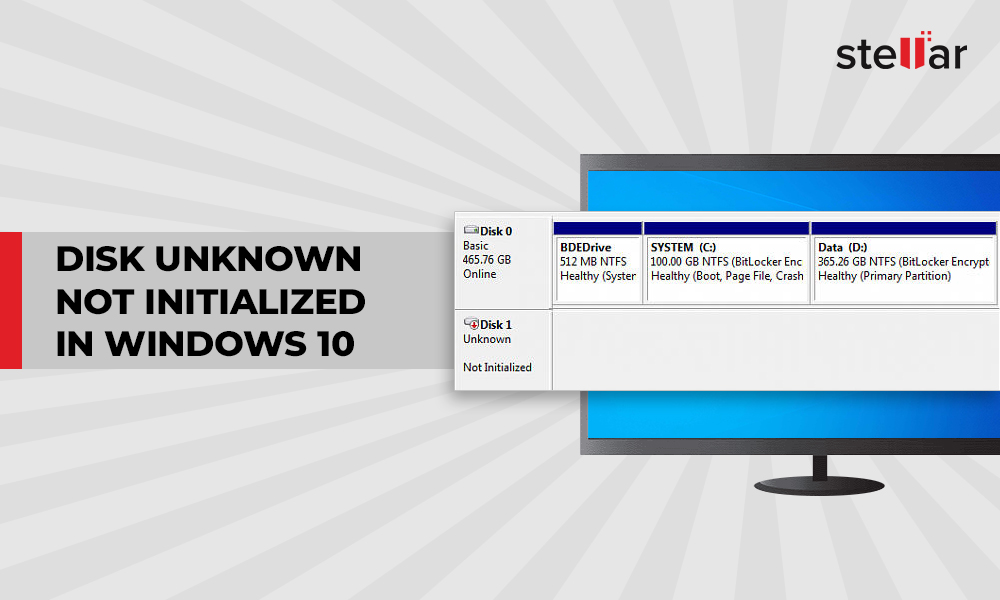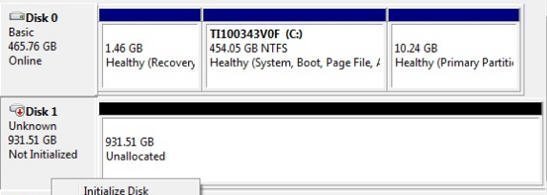

The system saves the configurations and exits the vi editor.Reasons to recover data after initializing diskĭisk initialization means to erase all data on the disk and build a new structure to make this disk usable.

When this parameter is set to 1 for the root partition, this parameter for other partitions must start with 2 so that the system checks the partitions in the ascending order of the values.
 If the mount point is the root partition ( /), this parameter must be set to 1. The sixth column indicates the fsck option, that is, whether to use fsck to check the attached disk during startup. Normally, dump backup is not used, and you can set this parameter to 0. The fifth column indicates the Linux dump backup option. Normally, this parameter is set to defaults. The fourth column indicates the partition mount option. You can query the file system format using the df -TH command. The third column indicates the file system format of the partition. You can query the mount point using the df -TH command. The second column indicates the directory on which the partition is mounted. The first column indicates the partition UUID obtained in 1. Add the information that is used in the environment. The preceding content is used for reference only. New partition /dev/vdb1 is mounted on /mnt/sdc. Tmpfs tmpfs 2.0G 0 2.0G 0% /sys/fs/cgroup Information similar to the following is displayed: ~]# df -THįilesystem Type Size Used Avail Use% Mounted on Run the following command to view the mount result:. In this example, run the following command to mount the new partition /dev/vdb1 on /mnt/sdc: Run the following command to mount the new partition on the created mount point:. In this example, run the following command to create the /mnt/sdc mount point: Run the following command to create a mount point:. Therefore, you are advised to choose an appropriate file system based on your service requirements. The partition sizes supported by file systems vary.
If the mount point is the root partition ( /), this parameter must be set to 1. The sixth column indicates the fsck option, that is, whether to use fsck to check the attached disk during startup. Normally, dump backup is not used, and you can set this parameter to 0. The fifth column indicates the Linux dump backup option. Normally, this parameter is set to defaults. The fourth column indicates the partition mount option. You can query the file system format using the df -TH command. The third column indicates the file system format of the partition. You can query the mount point using the df -TH command. The second column indicates the directory on which the partition is mounted. The first column indicates the partition UUID obtained in 1. Add the information that is used in the environment. The preceding content is used for reference only. New partition /dev/vdb1 is mounted on /mnt/sdc. Tmpfs tmpfs 2.0G 0 2.0G 0% /sys/fs/cgroup Information similar to the following is displayed: ~]# df -THįilesystem Type Size Used Avail Use% Mounted on Run the following command to view the mount result:. In this example, run the following command to mount the new partition /dev/vdb1 on /mnt/sdc: Run the following command to mount the new partition on the created mount point:. In this example, run the following command to create the /mnt/sdc mount point: Run the following command to create a mount point:. Therefore, you are advised to choose an appropriate file system based on your service requirements. The partition sizes supported by file systems vary.







 0 kommentar(er)
0 kommentar(er)
